Among the most popular foods in Italy, arancini or stuffed sicilian rice balls are usually combined with its crispy texture. These crispy treats which include a center of foul ragout, mozzarella, or peas, are explosions of taste and feel. However, the preparation of the best arancini begins first and foremost with the proper type of rice. Indeed, the rice chosen makes or breaks the dish because the starch and the texture of it helps in binding and shaping the arancini. This guide will help make more sense of both the rice type that is best suited for arancini, and the best way to cook it for the dish.
Introduction to Arancini
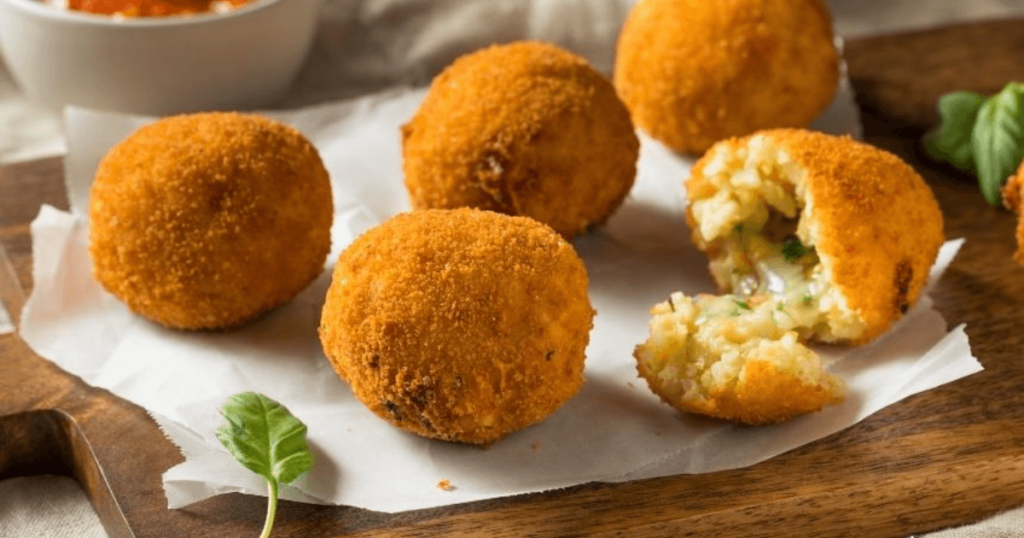
Arancini originated in the 10th century Sicily, a region that was under the influences of the Arabs. The term arancini means little oranges in Italian, a name conferred to the balls due to their golden color and round shape. The rice in these balls was designed to be used as a self-contained meal that would be used by people who worked in the fields. Over the years, arancini has transformed in the way it is cooked or what is stuffed in the balls, with local ingredients determining which type of arancini variation will be flourished.
When cooking arancini, rice is one of the most important ingredients, which has to be good so that the arancini can have that creamy center and a crunchy outside. It is best to use a starchy type of rice since that will allow the grains to stick together to make the best rice ball.
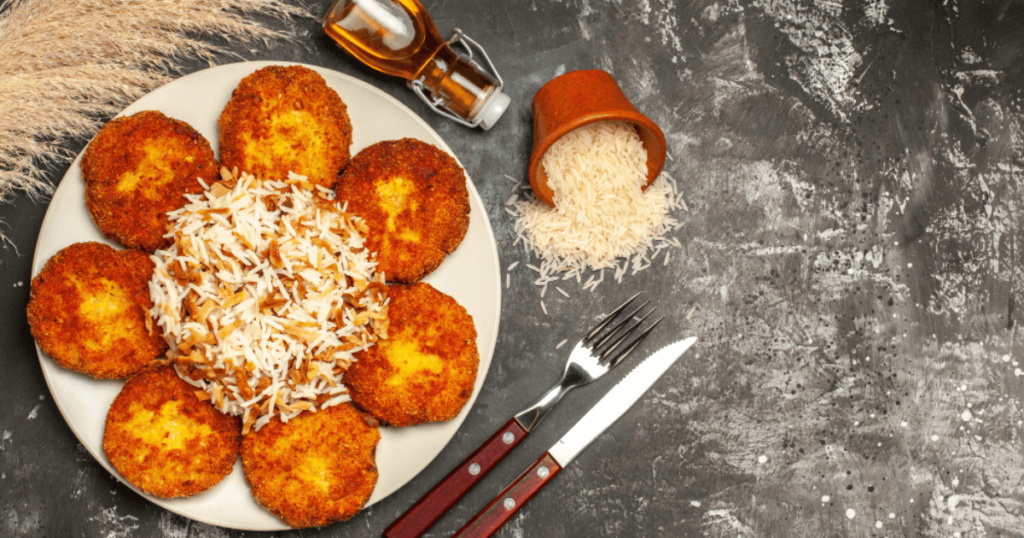
What Makes a Good Rice for Arancini?
The rice that is used for arancini should be of a certain texture and not just any rice will do. There are several areas that need to be focused in order to achieve the perfect rice:
- Starchiness: High-starch rice varieties are ideal since they release amylopectin during the cooking process, providing for a creamy glue like texture. This assists the rice in retaining its form while being fried.
- Texture: The rice needs to be firm in structure so as to retain its shape when need, but should also be sticky enough to allow for shaping.
- Consistency: The rice should be smooth and rough in equal proportions. This will help ensure that the arancini is perfect without worrying about it being weak or dry.
Types of Rice to Use for Arancini
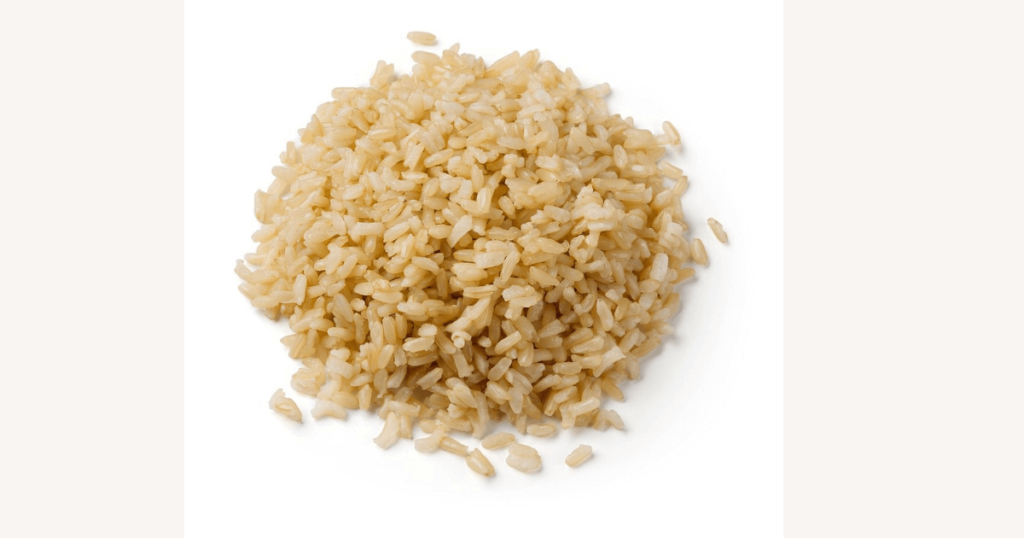
Speaking of arancini, specific rice crops are more suitable than others:
Arborio Rice
For making arancini, arborio rice is the typical rice. Having short grains and high levels of starch makes it an effective material for the preparation of this dish. Since Arborio is easy to find and work with, it has gained popularity among chefs and elementary cooks.
Carnaroli Rice
Carnaroli is largely regarded as the “king of rice” in Michael B. Meade’s Italian rice. Because it has a greater starch content than Arborio, it yields a more proportionate creamy texture. For the same reason, Carnaroli is also a little more forgiving in the way that it is harder to overcook, thus making it a top end seed for the creation of perfect Arancinis.
Vialone Nano Rice
Vialone Nano is a rough, treated Italian rice with smaller grains than the Vialone, but with equally high starch content. Vialone’s slightly wet grain makes for a pleasing creaminess that works particularly well as a substitute for Arborio or Carnaroli rice.
Comparison of Varieties
| Rice Type | Starchiness | Texture | Availability |
| Arborio | High | Creamy | Easy to find |
| Carnaroli | Very High | Super Creamy | Moderate |
| Vialone Nano | High | Soft Creamy | Less Common |
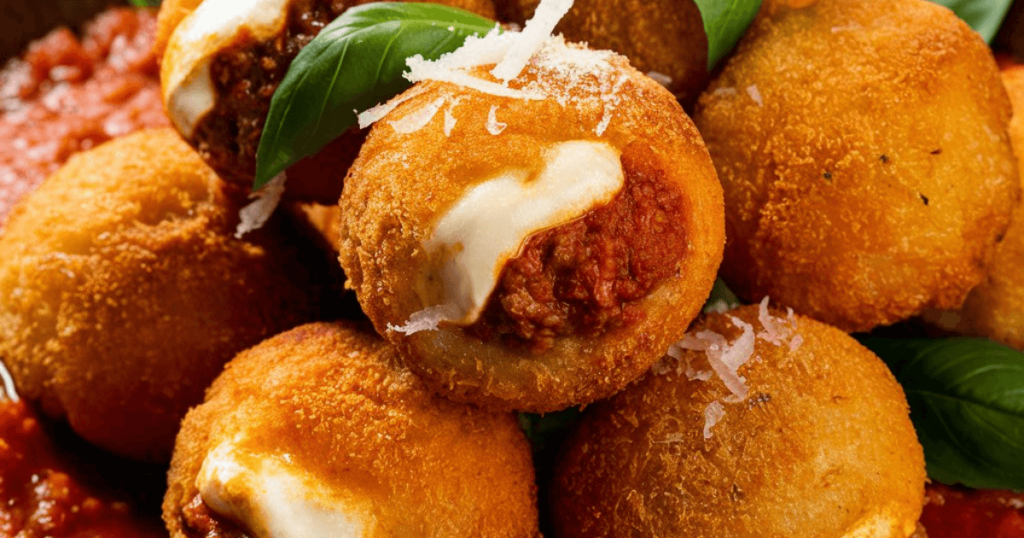
Rice Varieties to Avoid
Some rice varieties should not be used for arancini although these may have some grains. These include:
- Long Grain Rice: Popular long-grain types such as basmati or jasmine basmati have the wrong moisture content and texture which make it difficult to form into arancini.
- Parboiled Rice: These varieties of rice have already been partially cooked which limits the quantity of starch released, resulting in a mixture that is flaky and will not cling together.
Using these types of rice means that the arancini will break apart during frying or not even have the unique texture that the Italian dish is known for.
Step-by-Step Guide: Preparing Rice for Arancini
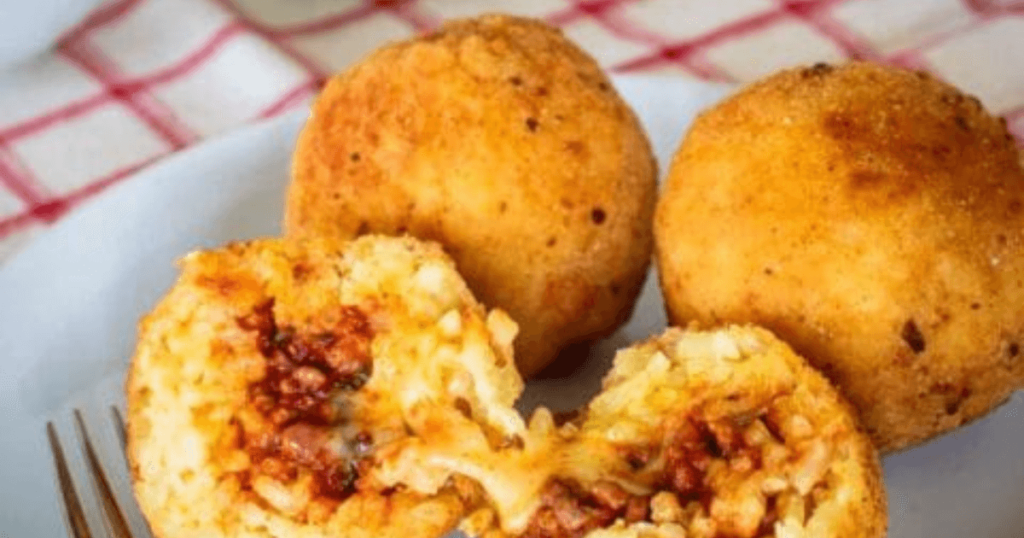
Improper rice consistency can easily ruin a dish so proper care in choosing a rice variety is crucial. Be sure to follow these procedures for positive results:
- Preparing Knows how to Cook Rice
First, the rice should definitely be cooked in plenty of flavors, preferably stock. Use a 2:1 liquid-to-rice ratio and make sure to stir it often so the starch is released. What we want is something close to a risotto.
- How to Prepare Flavored Rice
As soon as the rice has been cooked, incorporate butter and cheese along with any spices. This is where parmesan or pecorino cheese comes into play which lifts the base.
- On the Cooling Front
After preparing the rice, do not use it immediately, instead have the individual pieces cooled up to room temperature and spread on the baking sheet. When cooled up, the rice becomes more rigid making it easier to mold the rice into balls, alternatively, you can put it into the fridge.

Health Benefits of the Best Arancini Rice
Arancini is definitely a dish that can be a guilty pleasure but the rice used has several health advantages too. For instance:
Energy: High-starch rice can be great for fast and dependable energy for an active day.
Gluten-Free: Since rice has no gluten, those who are sensitive to gluten can enjoy arancini without worry.
Nutritional Value: Essential minerals including magnesium and phosphorus which help with bones and metabolism are present in short-grained varieties of rice.
FAQs About Arancini Rice
What rice are arancini made of?
The traditional technique for preparing arancini involves the use of a short-grain variety of rice such as Arborio, Carnaroli, or Vialone Nano. The reason for this is because those rice types have high starch content which makes the rice creamy in texture and also assists in binding the rice while it is being shaped. Among them, Arborio is the most commercially available strain as it is quite easy to prepare and has a good level of creaminess. Dubbed the ‘king of rice’, Carnaroli has better creaminess and is rated as more desirable as it is hard to overcook. Vialone Nano is also a suitable alternative, as it contains small particles of rice with light creaminess. These types of rice promote the appropriate moisture content for the shaping and deep-frying of arancini into a crispy golden brown layer.
Is Short-Grain Rice a Must?
Delicate. Short-grain rice is required for arancini, for instance arborio or carnaroli that provides adhesion and creaminess for arancini.
What kind of rice is used in rice balls?
Sushi near rice, that means short grained japonica rice that includes calrose and koshihikari, as sho explains, it is simply a general description of rice types used in Japan.
Can You Make Arancini Gluten-Free?
Yes, by substituting regular breadcrumbs for gluten-free breadcrumbs for coating while ensuring any other extra components added are also gluten-free.

Conclusion
The secret to perfect arancini begins with the type of rice. Arborio, Carnaroli, and Vialone Nano come in handy as they are starchier which gives this classic dish a better texture and enhances its quality. Steer clear of long-grain or parboiled rice otherwise you will be left unfavorably surprised. The main reason why you can make wonderful arancini that are crispy and full of cream in the middle is since you have followed the preparation of the rice properly. Feel free to play with the flavors and tell the stories of your arancini-making endeavors!
You may read the following recipes, if you need more recipe guidelines;
